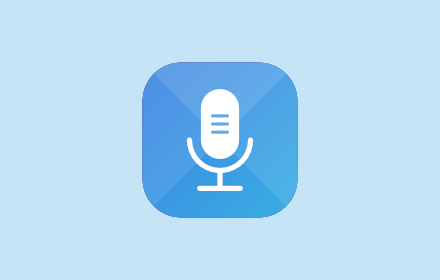Voice Interface Technology in Smart Homes
As we embrace the digital age, Voice Interface Technology in Smart Homes has revolutionized the way we interact with our living spaces. The seamless integration of voice commands to control appliances, lighting, temperature, and security systems, has not only elevated convenience but has also enhanced the quality of domestic life. This technology is swiftly becoming ubiquitous in modern households, setting the foundation for an even more interconnected and intelligent home environment.
The Evolution of Voice-Activated Smart Home Devices
The transformation from manual switches to voice-controlled systems was not overnight. Historically, the implementation of voice commands in home automation can be traced back to the early efforts of speech recognition development. Today, Voice Interface Technology in Smart Homes is sophisticated enough to discern individual voices and learn from user interactions, creating a personalized experience for each household member.
Early iterations of smart home devices relied on basic commands and were limited in capability. However, advancements in artificial intelligence (AI) and machine learning have empowered these devices to engage in two-way conversations, recognize nuances in speech, and perform complex tasks. As the technology continues to evolve, we are approaching a future where smart homes can predict resident needs and act autonomously.
Key Players and Innovations in Smart Home Voice Interface Technology
Several companies have made significant strides in perfecting Voice Interface Technology in Smart Homes. Titans of tech such as Amazon, Google, and Apple have developed smart speakers and voice assistants that stand at the forefront of home automation. Their commitment to enhancing voice recognition accuracy and expanding the ecosystem of compatible devices continues to drive innovation forward.
The market has seen the introduction of numerous voice-activated products, ranging from thermostats and door locks to refrigerators and washing machines. With the integration of voice technology into a broader range of home appliances, users can now perform a multitude of tasks hands-free, signaling a move towards a fully voice-controlled home environment.
The Future of Voice Interface Technology in Smart Homes
Voice Interface Technology in Smart Homes is not merely a trend, but a fundamental shift in home control paradigms. We are on the cusp of transcending the limitations of smartphone-based or touchpad-dependent controls to a reality where voice-activated environments respond to our every command.
The future promises smart homes where conversational AI can manage complex scenarios, adjusting the ambiance based on mood recognition or coordinating tasks with other AI services such as the Voice Control for ChatGPT extension with its compassionate assistant, Mia. The emphasis on developing more context-aware, anticipatory systems suggests that voice interfaces will become even more intuitive and embedded in the fabric of smart homes.
As we look to the horizon, Voice Interface Technology in Smart Homes will not only simplify tasks but also assist in managing household energy efficiency, enhancing security, and providing real-time health monitoring. These innovations are poised to enrich the smart home experience, making domestic environments safer, more comfortable, and truly responsive to our lifestyles.
Subscribe to our newsletter
Subscribe to our newsletter for tips, exciting benefits, and product updates from the team behind Voice Control!
Other projects from the team

Talkio AI
The ultimate language training app that uses AI technology to help you improve your oral language skills.

TalkaType
Simple, Secure Web Dictation. TalkaType brings the convenience of voice-to-text technology directly to your browser, allowing you to input text on any website using just your voice.

Voice Control for Gemini
Expand the voice features of Google Gemini with read aloud and keyboard shortcuts for the built-in voice recognition.